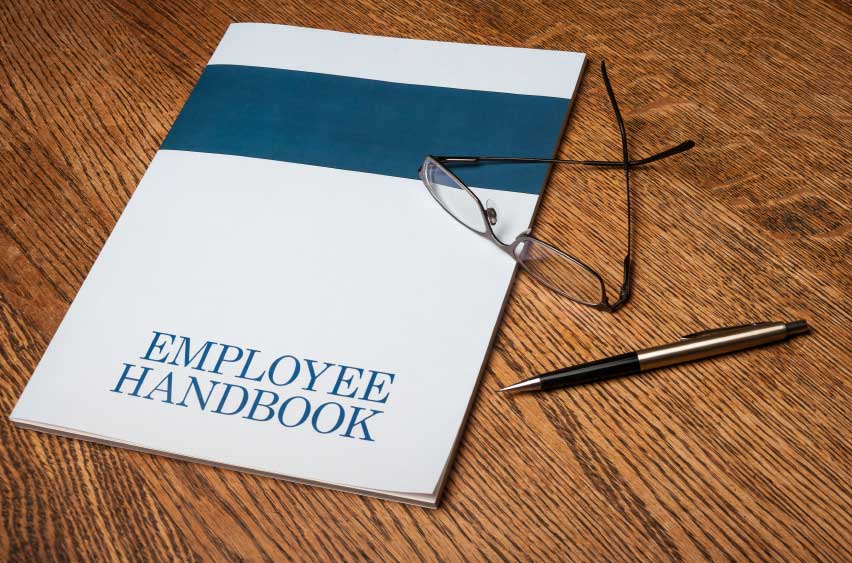The Basics of Mediation in South Carolina

Civil matters in South Carolina – with limited exceptions – are required to submit to alternative dispute resolution (“ADR”). The most common methods of ADR are mediation and arbitration. Although these two terms are sometimes used interchangeably by laypersons, they are fundamentally different ways of resolving disputes outside of court. It is important to understand the distinctions between mediation and arbitration so you can know what to expect when you engage in ADR.
Mediation is a process by which a neutral third-party – the mediator – facilitates discussion, negotiation, and ideally settlement between the parties. Critical to the process, the mediator does not take sides or make decisions for the parties. Rather, the mediator’s job is to help the parties find common ground, compromise where possible, and achieve a mutually beneficial outcome without going to trial.
On the other hand, arbitration involves a neutral party – the arbitrator – actually making a decision for the parties on some aspect, or even the outcome, of the dispute. Arbitration awards are often, but not always, binding.
Mediation, along with other forms of ADR, is governed by rules that have been established and are enforced by the South Carolina Supreme Court. Rule 3 requires most civil matters to submit to the process and allows the parties to select the mediator they will engage. Parties can ask that cases be exempt from mediation in certain limited events, such as the physical condition of a party.
Rule 5 controls the mediation conference. It requires that the mediation shall take place in the county where the dispute was filed, at a site designated by the mediator or agreed upon by the parties. Most mediations must be completed within 300 days of the lawsuit being filed. Generally, a case will not appear on the trial docket until mediation has occurred.
The mediation conference usually begins with the mediator explaining the rules governing the process to the parties and their lawyers. The mediator will meet privately with the parties and their counsel to better understand the issues involved and to begin the process of facilitating a resolution of the dispute.
Under Rule 6, the following individuals must attend mediation:
- The mediator;
- All individual parties, or a representative of a corporate party, insurance company, or governmental agency who has full authority to settle the claim; and
- The parties’ attorneys (if any).
Attending a mediation can be challenging for corporate parties, which must have a representative appear in person for the mediation; however, the parties and the mediator can consent to exceptions to this rule, such as allowing a representative to appear by telephone or Zoom conference. The court can also allow such exceptions. If you have questions or concerns about these attendance requirements, ask a knowledgeable South Carolina mediator.
Finally, under Rule 8, discussions that take place during mediation are confidential. Put simply: what happens in mediation stays in mediation. Parties cannot disclose offers to settle or other statements that are made in the mediation context, including statements made in any pre-mediation written submissions. Information and documents exchanged during the conference are also protected. The rule covers any communications about mediation. That means, for instance, parties cannot blog or post about the mediation on social media.
The confidentiality requirement is fairly broad. Anyone who is at any time present in mediation, from start to finish, is required to maintain the confidentiality of the process. That includes the participants above as well as other individuals such as paralegals who may be allowed in the room. One of the primary reasons for this rule is to promote candor in the proceedings, thereby inviting frank discussions about cases being mediated, to protect the integrity of the mediation process, and to dove-tail with evidentiary rules, such as Rule 408, which make settlement discussions inadmissible in most instances.
If the case cannot be resolved through ADR, it proceeds to trial.
The mediators at Gaffney Lewis have facilitated the mediation of hundreds of cases in South Carolina and are standing by to help.
Mediation is complicated, and there are numerous other rules that guide the process. The mediators of Gaffney Lewis, LLC, are also litigators with extensive experience in South Carolina civil matters. That allows us to bring a balanced approach, thoroughly understand the issues at stake, and provide a fair and neutral mediation for both sides. If you have a pending civil matter and require a mediator, give us a call today to learn more.

SOUTH CAROLINA LAWYERS WHO WORK AS HARD AS YOU DO
DEFENDING YOUR BUSINESS IS OUR BUSINESS




 When someone gets injured on another person’s property, he or she has the right to pursue a negligence claim against the owner. The theory of recovery upon which the plaintiff will usually rely is known as premises liability. If you’re a business owner, it’s important to understand how these cases are decided in South Carolina. The civil litigation attorneys of Gaffney Lewis, LLC, are ready to help.
When someone gets injured on another person’s property, he or she has the right to pursue a negligence claim against the owner. The theory of recovery upon which the plaintiff will usually rely is known as premises liability. If you’re a business owner, it’s important to understand how these cases are decided in South Carolina. The civil litigation attorneys of Gaffney Lewis, LLC, are ready to help.

